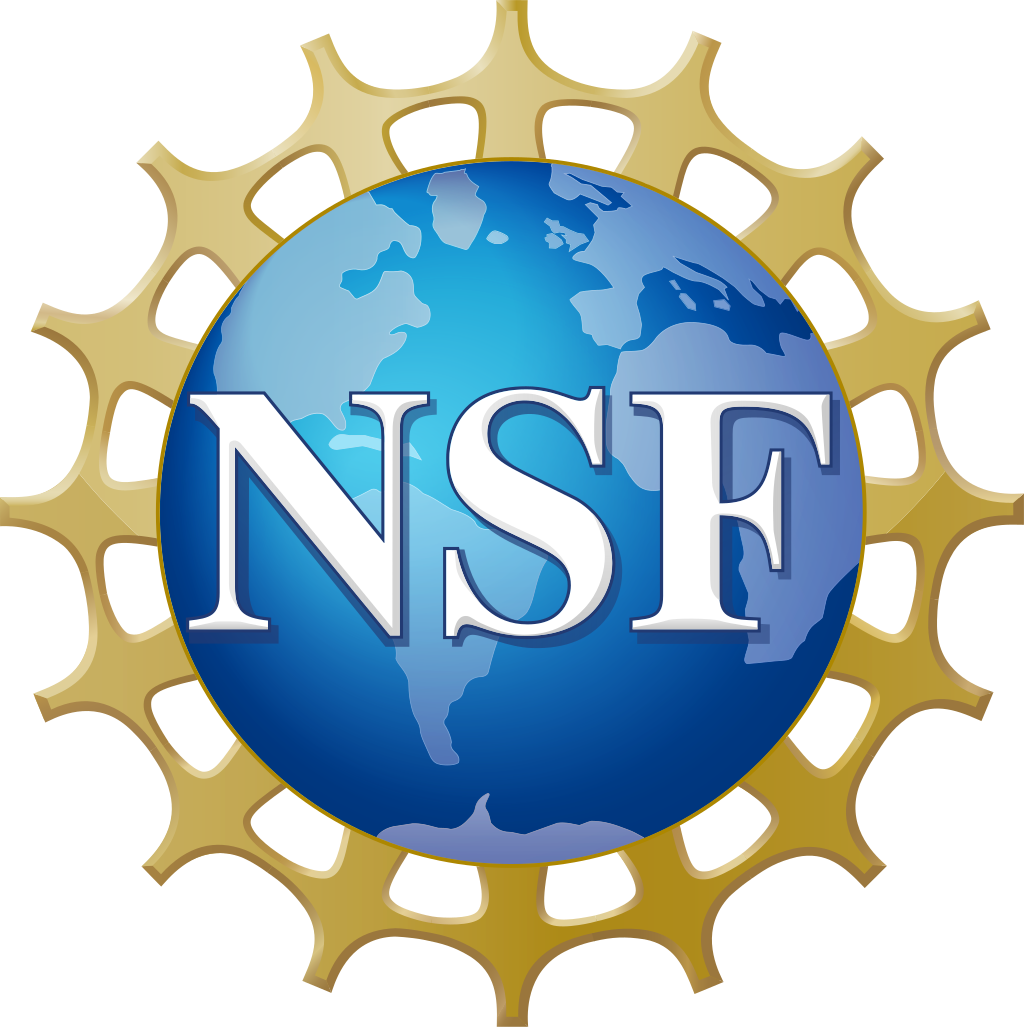We are an interdisciplinary team using advanced electron and ion beam microscopy to characterize and manipulate matter down to the atomic scale.
Challenging convention, we use scanning transmission electron microscopy not only for atomic-resolution imaging but also for precise atomic-scale manipulation. In parallel, we develop innovative imaging and nanofabrication approaches using focused ion beams.
Our work advances fundamental materials understanding and drives the development of prototype devices for new technologies.

Triangular nanopores in monolayer hexagonal boron nitride fabricated using a combined ion and electron irradiation technique. High-resolution TEM image.
Image credit: Dana Byrne.
D.O. Byrne, F.I. Allen, Atomic Engineering of Triangular Nanopores in Monolayer hBN for Membrane Applications: A Decoupled Seeding and Growth Approach, ACS Applied Nano Materials 8(9):4565 (2025) doi:10.1021/acsanm.4c06998
(Left) Helium ion micrograph of a butterfly wing scale with cross-section milled by Ga-FIB.
(Right) Higher magnification view showing lamina (L), ridges (R), and crossribs (r). The thickness of the lamina determines the color of the butterfly wing scale (structural color effect).
Image credits: Rachel Thayer and Frances Allen.
R.C. Thayer, F.I. Allen, and N.H. Patel, Structural color in Junonia butterflies evolves by tuning scale lamina thickness, eLife 9:e52187 (2020) doi:10.7554/eLife.52187
(Top) Nanopillar with tip radius <10nm fabricated by He-FIB-induced deposition from a tungsten precursor onto a specialized AFM microcantilever.
(Bottom) Single frame from a movie of DNA in liquid scanned using our custom AFM tip.
Image credits: Frances Allen and Bibiana Onoa.
F.I. Allen, J.M. De Teresa, B. Onoa, Focused helium ion and electron beam induced deposition of organometallic tips for dynamic atomic force microscopy of biomolecules in liquid, ACS Applied Materials and Interfaces 16(4):4439 (2024) doi:10.1021/acsami.3c16407


